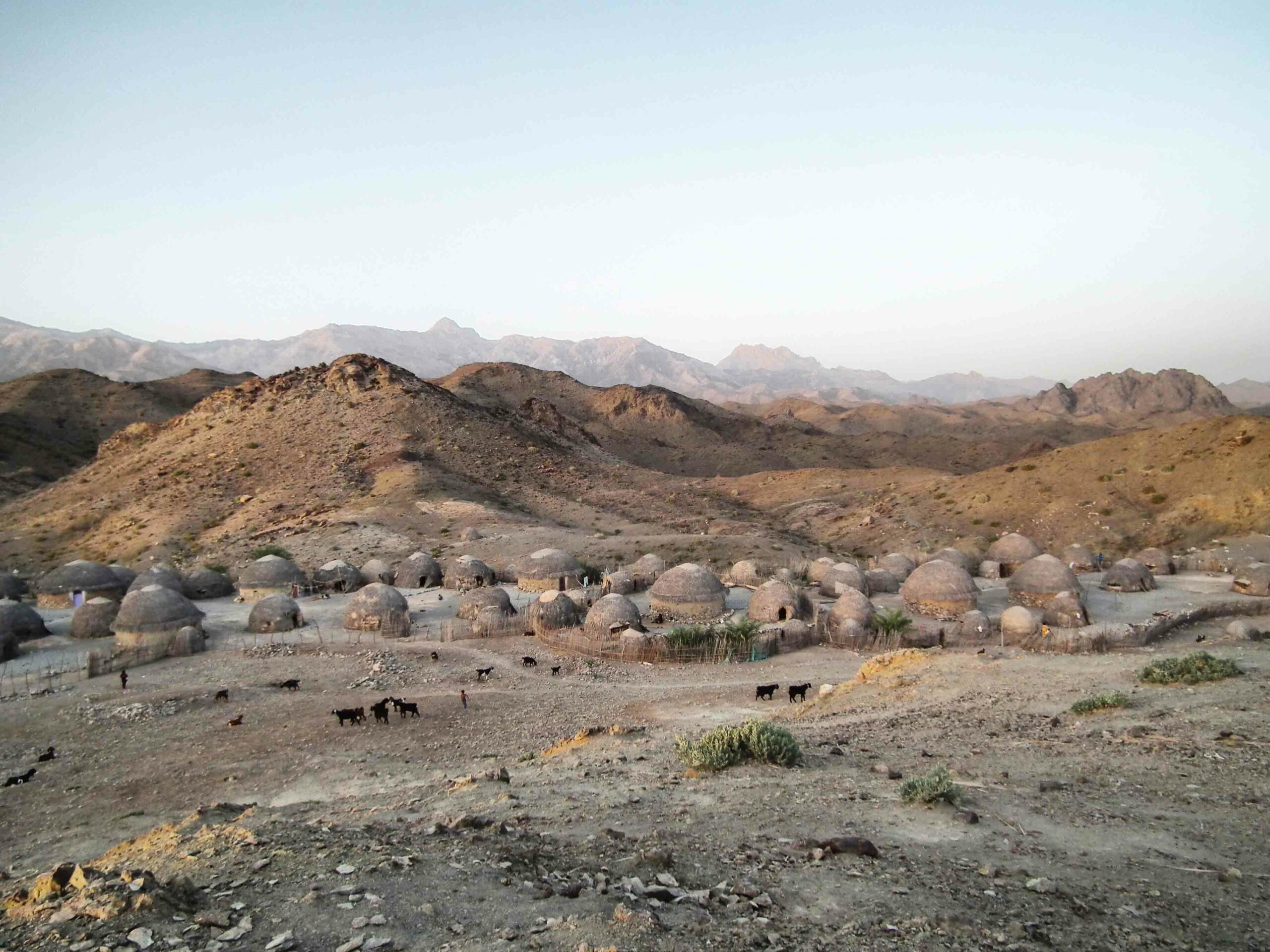
ALULA, SAUDI ARABIA—Live Science reports that eight of 345 stone circles identified through aerial surveys of Saudi Arabia’s Harrat ‘Uwayrid lava field have been excavated by researchers from the University of Western Australia and the University of Sydney. The 7,000-year-old structures consist of stone walls measuring between 13 and 26 feet across, have at least one doorway, and have at least one standing stone in the center. Researchers suggest that the structures would have had been roofed and served as dwellings. “Globally, early domestic architecture was always round, and rectangular houses only appear in the later Neolithic,” said Jane McMahon of the University of Western Australia. The bones of sheep, goats, and cows were also recovered at the sites, along with seashells, which suggest that trade networks extended to the Red Sea about 75 miles away. The residents also likely gathered wild plants, perhaps manipulating the landscape to increase their yield, she added. Read the original scholarly article about this research in Levant. To read about stone structures found in Saudi Arabia's now-inactive lava mounds of Harrat Khaybar, go to "Hot Property."











